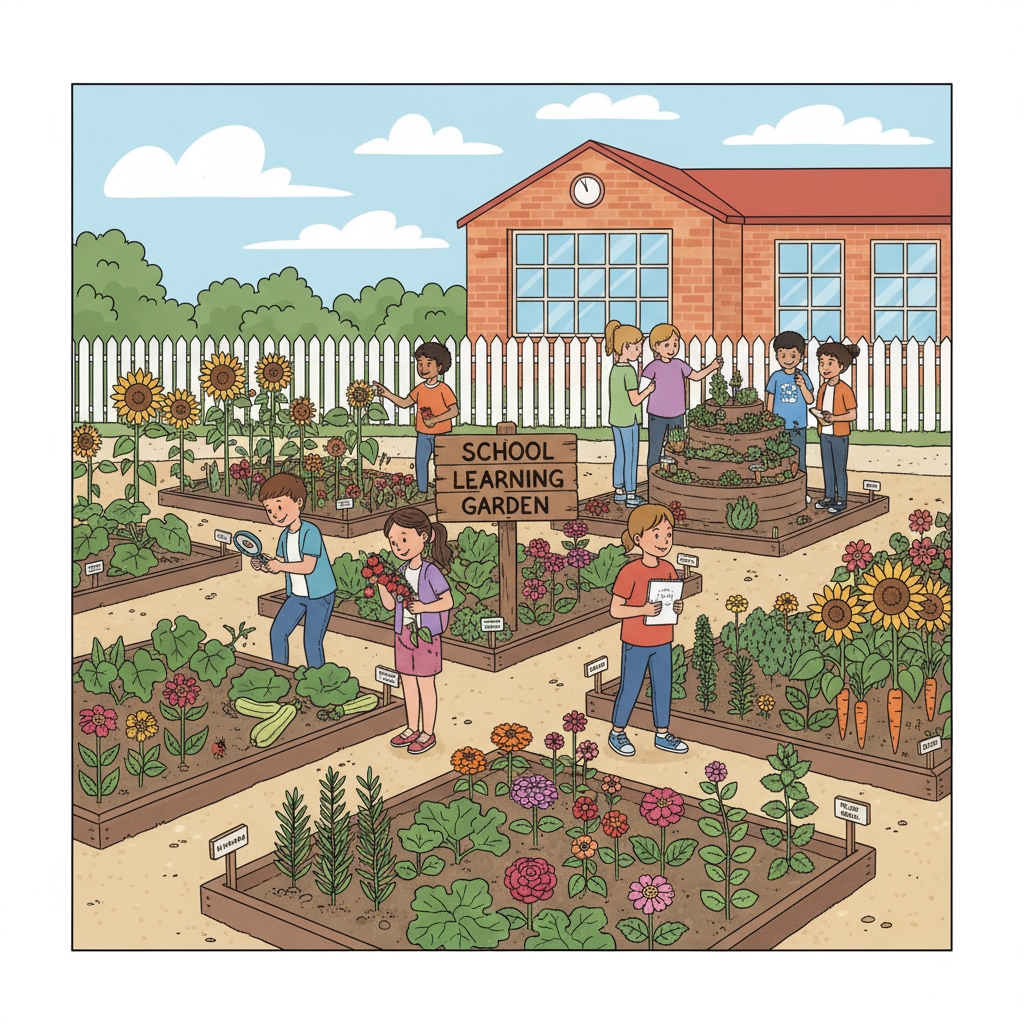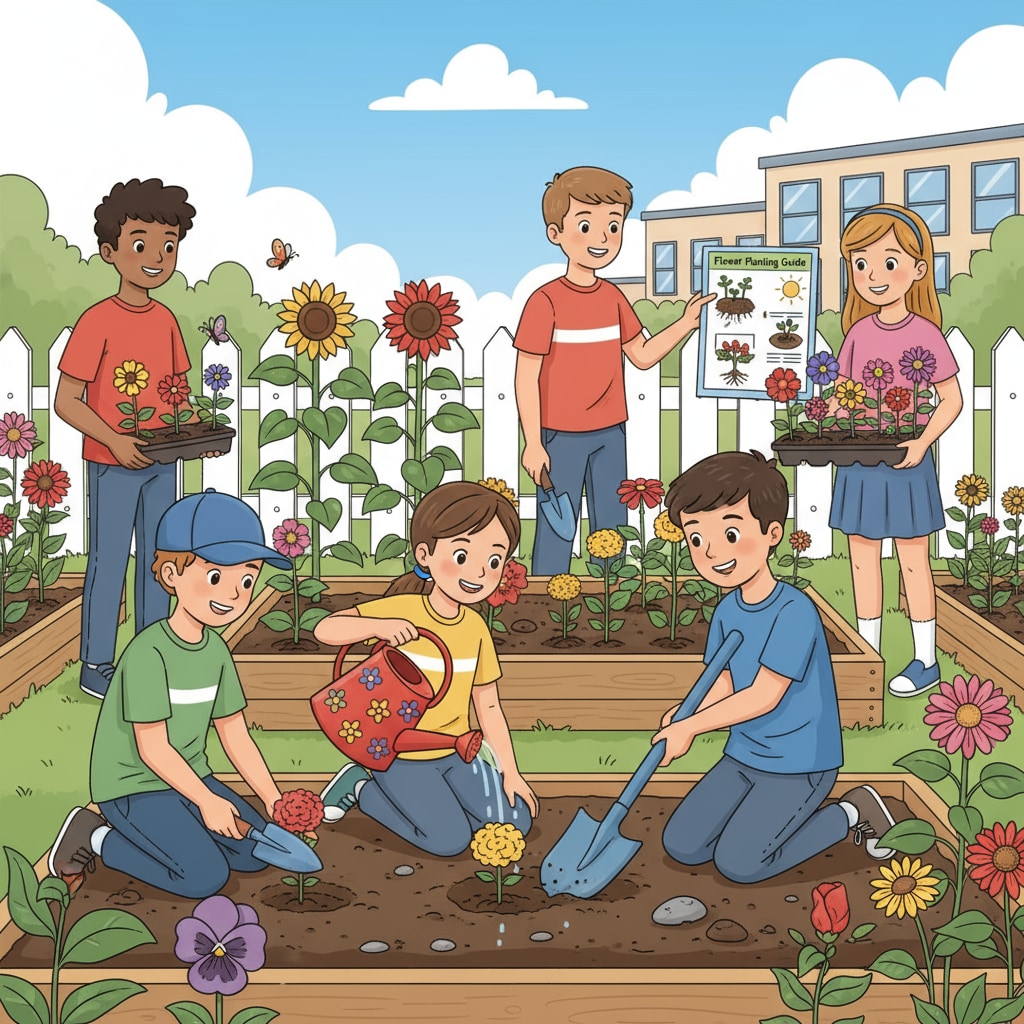School gardens, practical education, and student development are intricately linked in the realm of K12 education. These green spaces within schools are much more than just patches of plants; they are dynamic educational tools that can revolutionize the learning experience.

The Multifaceted Value of School Gardens in Education
School gardens offer a wealth of benefits to students. Firstly, they enhance academic performance. For example, subjects like science come to life when students can observe plant growth cycles firsthand. They can study botany, learn about the ecosystem, and understand the importance of pollination. According to Edutopia, hands-on learning in school gardens improves students’ understanding and retention of scientific concepts.
In addition, school gardens foster social-emotional skills. Working together in the garden encourages teamwork, communication, and cooperation among students. They learn to share tasks, respect each other’s opinions, and build friendships.

Promoting Student Health and Environmental Awareness
These gardens also contribute to student health. Spending time outdoors in the garden exposes students to fresh air and physical activity. They can engage in tasks like digging, weeding, and watering, which are great forms of exercise. Moreover, school gardens play a vital role in promoting environmental awareness. Students learn about sustainable practices, the importance of conservation, and the impact of human activities on the environment. As stated by the Environmental Protection Agency, school gardens are an effective way to instill environmental stewardship in students.
Furthermore, the produce grown in school gardens can be used in the school cafeteria, promoting healthy eating habits. This connection between the garden and the dining table helps students understand where their food comes from and make more informed choices about nutrition.
The implementation of school gardens in K12 education is not only valuable but also feasible. With proper planning, support from the school administration, and community involvement, these gardens can thrive. Teachers can incorporate garden-related activities into their lesson plans, and students can take ownership of the garden, making it a true learning hub. In conclusion, school gardens have the potential to transform the K12 education experience, nurturing well-rounded students who are academically proficient, socially and emotionally healthy, and environmentally conscious.
Readability guidance: This article uses short paragraphs to clearly present ideas. Lists are used where applicable to summarize key points. The proportion of passive voice and long sentences is controlled, and transition words like “however”, “therefore”, “in addition”, “for example”, and “as a result” are evenly distributed throughout the text to enhance readability.


